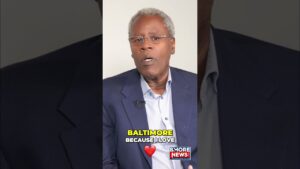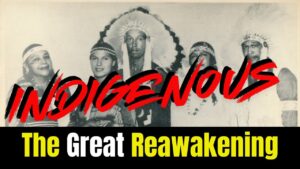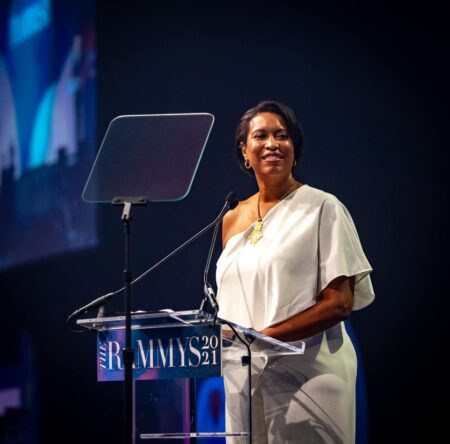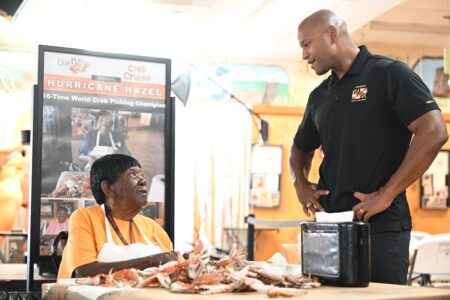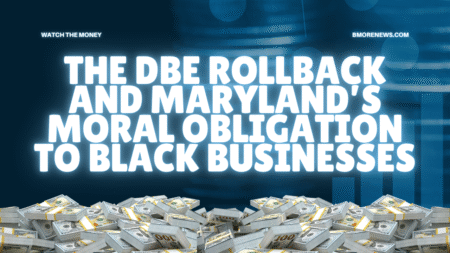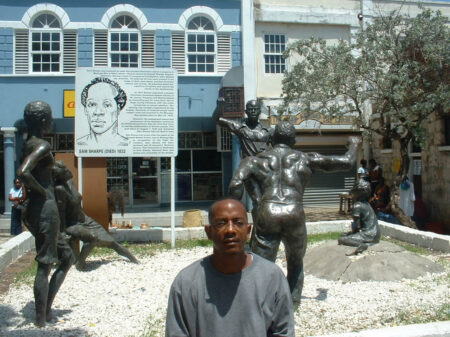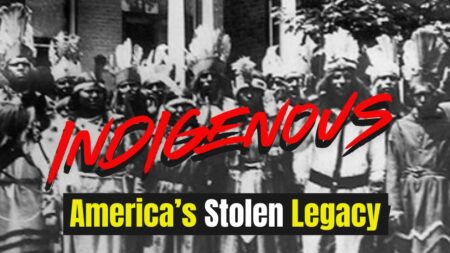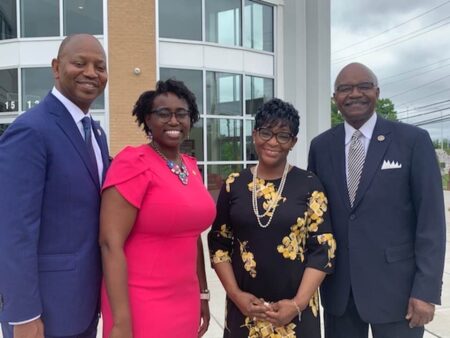(BALTIMORE – September 5, 2022) – Baltimore is loaded with Black History, going back to the days when slavery was the law of the land. Despite the racist, horrific, and discriminatory practices of those times – some way, somehow Baltimore has also been a city where many Blacks have found and still find refuge. Some have even made huge strides for our race – right here in Baltimore, the birthplace of segregation.
‘A southern town with a northern mentality’ is how some describe “Charm City”. Maryland, of course, is just south of the Mason-Dixon line. Put differently, during the days of slavery, if a Black person escaped to Baltimore – they were just about free.
FACT: Prior to the Civil War, Baltimore had the largest population of free Blacks in the nation.

Public domain image
As students head back to school, let’s make sure they know about this rich Black History right here in our own city. Tell them about Isaac Myers, for example, the man who served as national president of the first Black labor union.
Here are some facts about him:
1855 Hired to supervise one of the largest shipyards in Baltimore’s harbor
1860 Begins work as a shipping clerk and chief porter for a wholesale grocery firm
1865 Returns to the shipyards and experiences a strike protesting black labor in the maritime industry and helps
form a union of “colored mechanics”
1866 Myers and 15 other well-known Afro-American men convene at the Sharp Street UM auxiliary hall; they work
together to form the Chesapeake Marine Railway and Dry Dock Company [CRDDC]
1869 Myers is one of nine black delegates to attend the National Labor Movement Convention Creates the Colored
National Labor Union and is elected as the first president
1870 Becomes the second Afro-American in Maryland’s history to receive a federal appointment as a messenger to the
customs service in Baltimore

Tell our young people about Reginald F. Lewis, the man who led the historic takeover of TLC Beatrice, the man who went to Paul Laurence Dunbar High School and was captain of the football team.
Teach our young men and young women about a man who came out of East Baltimore and who sold newspapers – a man who outworked everyone around him and built a financial legacy the world and Baltimore, in particular, will never forget.
It is up to us adults to share this history. How can we be upset with our young people when we have not effectively engaged them such that they even care?
We have to do everything in our power to give them hope because right now, the world has to be looking crappy to them.
We live in a very superficial world which can easily make a weaker mind fall for the fake and phony as opposed to good, old-fashioned hard work blended with 21st-century technology.
As adults, we must at least try to reach them.

We must first know the history ourselves. It’s hard to teach what one doesn’t know. So, here’s a nugget: Little Willie Adams. He was a businessman who operated the street numbers. He also financed a lot of Black-owned businesses. And he supported Black politicians like Parren J. Mitchell, Maryland’s first Black Congressman.
His wife was Victorine Adams. Although Mr. Adams was legendary, his wife became the first Black on the Baltimore City Council in 1967.
Later in her career, she partnered with Baltimore Gas & Electric to form the Baltimore Fuel Fund, a resource that benefits Baltimoreans still today.

Despite the negativity on the news every single day, Black people in Baltimore have so much history to be proud of. Although this world is constantly throwing bricks at us, may we be forever reminded that we come from tough stock – especially here in the City of Baltimore.
No matter what, Black people in Baltimore have consistently defied the odds and attained the highest of heights.
Consider Judge Joseph C. Howard, Sr., “the first African American to win an election as a judge for the Baltimore City Supreme Bench” and who was later “appointed by President Jimmy Carter to be a United States district judge of the United States District Court for the District of Maryland, becoming the first African American to serve on that bench as well.”
Stay tuned as we will continue to share Baltimore Black History stories with you. You can then share them with a young person. Spread the word! Baltimore is full of Black History we all should know!

